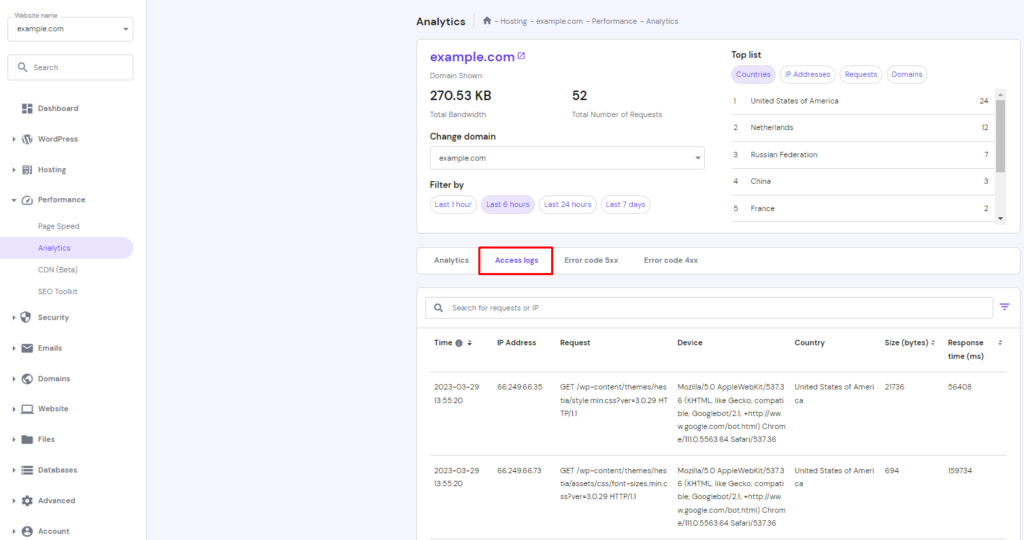Website security is more important than ever. With cyber-attacks on the rise, protecting your website from potential threats is essential.
In this post, we’ll explore some tips and best practices to help you safeguard your website and keep your data and customers safe.
1. Stay Calm and Don’t Panic
There’s no reason to panic – hacked websites are generally recoverable. Reacting emotionally without calmly evaluating the situation may lead to more harm than good.
Therefore, remain composed and proceed to the next step.
Once you have confirmed that your website has been hacked, take action to fix it. The following steps will guide you through the process of recovering and fixing your hacked website.
2. Change Your Passwords and Review Access
Brute-force attacks are some of the most common cybersecurity threats. Hackers attempt to guess the admin account’s password using various combinations of letters and numbers.
Changing all of your passwords will revoke hackers’ access to your website and prevent them from compromising other accounts and causing more damage.
Here’s a checklist of the accounts the passwords of which you’ll need to reset at the soonest opportunity:
- Hosting account.
- FTP accounts (primary and secondary).
- Content management system admin account.
- Databases (do so via the database connection file).
- Email accounts associated with the hacked website.
3. Create a Backup of Your Website
Your website might have been hacked, but it’s still functional and has all the important data. By downloading a website backup, you’ll be able to re-upload this website version and redo the cleanup process should it fail the first time.
4. Trace Back Your Actions
Most hack attempts happen after a website undergoes some changes, creating new vulnerabilities to exploit. By tracing back your actions, you should be able to identify the source of the security issues much faster.
Narrow down the time window by checking your weblogs for a sudden spike of traffic. Then, inspect your access logs and error logs through your hosting control panel to identify any suspicious activity or errors that occurred within the suspected time frame.

5. Keep Software and Plugins Updated
i. Keeping all software and plugins current is one of the most critical steps in securing your website.
ii. Outdated software can contain security vulnerabilities that cybercriminals can exploit.
iii. Ensure that you are using the latest versions of all software and plugins on your website.
6. Utilize Strong Passwords and Two-Factor Authentication
i. Using strong passwords on all accounts and turning on two-factor authentication (2FA) are essential next steps.
ii. A password must be at least eight characters long and contain a combination of letters, numbers, and symbols.
iii. 2FA adds an extra degree of safety by requiring a second confirmation form, such as a code sent to your phone, before granting access to an account.
7. Install HTTPS
i. One safe Internet communication mechanism is HTTPS (Hypertext Transfer mechanism safe). It encrypts data as it is in transit, making it far more difficult for attackers to intercept and steal data.
ii. Implementing HTTPS on your website is critical for safeguarding sensitive data such as passwords, credit card information, and personal information.
8. Use a Web Application Firewall (WAF)
i. A security technology known as a web application firewall (WAF) screens keeps track of and disables HTTP traffic to and from an online application. Cross-site scripting (XSS) and SQL injection are famous web application assaults that it can recognize and stop.
ii. Implementing a WAF can significantly reduce the risk of your website being compromised.
9. Regularly Back Up Your Data
i. A crucial website security component is routinely backing up your website’s data.
ii. In a cyber-attack or other unexpected incident, backing up your data can help you quickly restore your website to its previous state.
iii. Be sure to back up your data regularly and store it in a secure location.
Conclusion
In conclusion, website security is crucial for protecting your website, data, and customers from cyber-attacks. Following these tips and best practices can significantly reduce the risk of your website being compromised. Remember to keep all software and plugins up to date, use strong passwords and enable 2FA, implement HTTPS, use a WAF, and regularly back up your data. Stay safe out there!
The rapid evolution of cyber attacks is a major threat to any website on the web. If your website has been hacked, it’s best to take immediate action and mitigate the damage.
Here’s a recap on how to fix a hacked website:
- Change your passwords and review user access.
- Create a backup of the website.
- Trace back your actions to determine the exposed vulnerabilities.
- Investigate recent breaches online.
- Talk to your hosting provider to see if other users have also been affected.
- Investigate with Google Blocklist.
- Reset your .htaccess file.
- Examine the website and fix the vulnerabilities.
- Scan your computer with antivirus software.
We hope this article has helped you recover your hacked website. If you’re a Hostinger user, feel free to contact our support team if you have any security questions or concerns.





